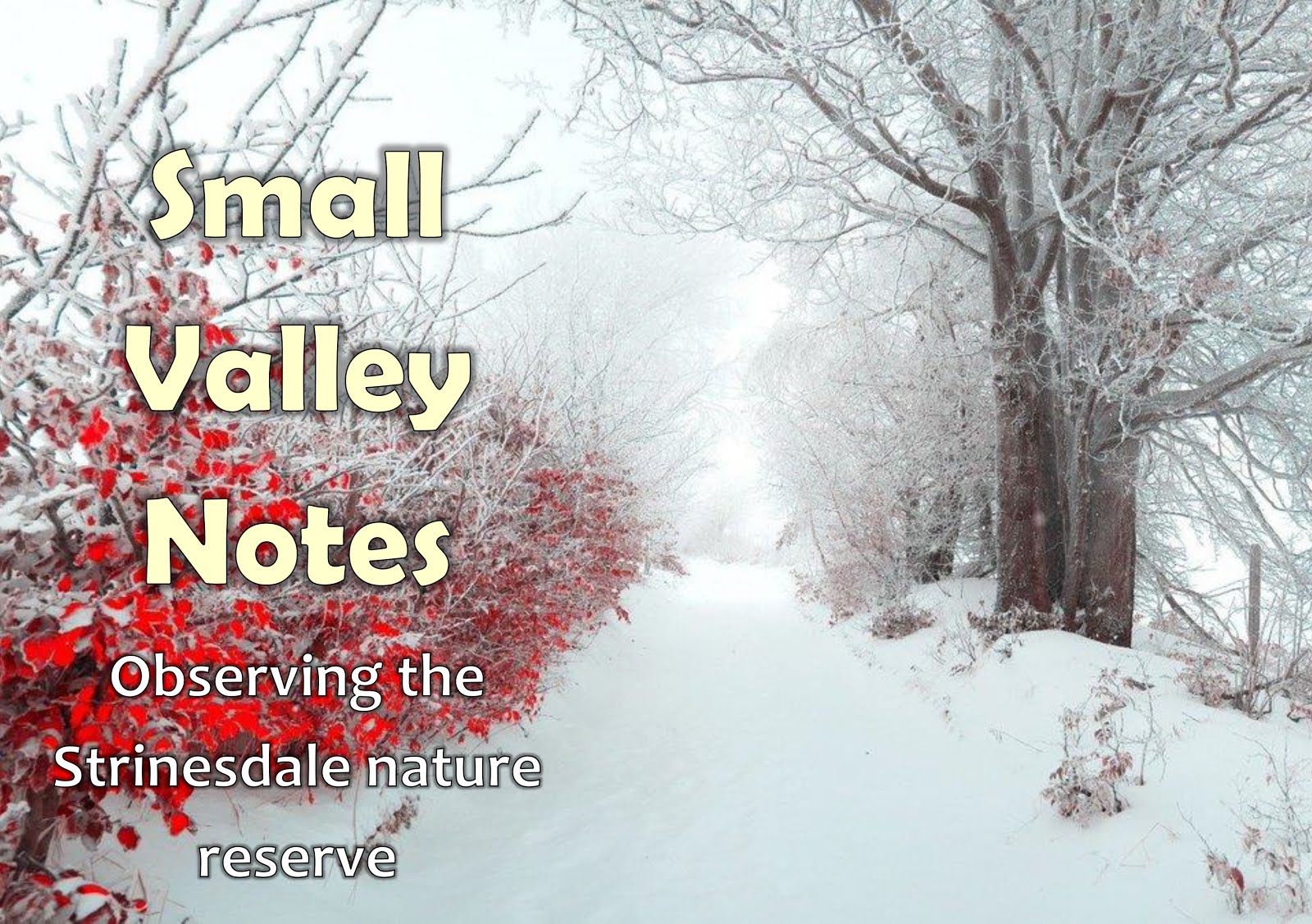I always find that the arrival of spring in our region is
signalled by two distinct occurrences: the drumming of the Greater spotted
woodpeckers and the spawning of frogs. For a few days now, the amphibians have
been producing large quantities of spawn in the culvert draining from the
Little Sea and small heads are visible above the water, amid faint grunting and
bubbling sounds.
 |
| Greenfinch |
The highly attractive black, white and red woodpecker is
increasing steadily, being found wherever there is reasonable tree-cover. Their
presence is often indicated by a shrill yelping call, and as I walked along the
other morning, one glided overhead emitting a loud staccato chatter. The bird
appeared white from below and was presumably a male on a mating display flight.
Another bird answered from nearby.
I love the clear colours offered by Nature at this time of
the year. Yellowish-green greenfinches wheeze from upper branches and
goldfinches burst into 3-D and glorious technicolour. At the quieter end of the
spectrum, I never tire of the flawlessly elegant
 |
| Grey wagtail |
Every so often, I repair to the scenic Castleshaw
Reservoirs for some quiet birdwatching. On Sunday 22nd March, though, the
approach road held many cars as a marathon-run finished at the study centre. AS
the supporters applauded exhausted runners, I walked to the upper reservoir and
it was not long before a dainty grey wagtail appeared on the stones at the
water’s edge. Following the movement of this bird led to a redshank pecking
with great energy between the stone setts. Watching at close range here, it was
possible to admire the dark streaks and speckles of the brown plumage. One of
the long orange-crimson legs was fitted with a ring. Other wading birds could
also be heard. A pair of oyster-catchers circled over the water, their piping
sound evocative of the sea-shore, and the magnificent rolling call of a curlew
echoed somewhere in the background. A pair of goldeneye ducks could be seen at
a distance. Tough little things and low in the water.
As I walked back down the lane, I happened to glance over
the wall to see a slow-moving pair of great-crested grebes. In breeding plumage,
they were sedate and lovely on the water, with the ear-tufts up and chestnut
neck frills fully displayed. Surely one of our finest species.








